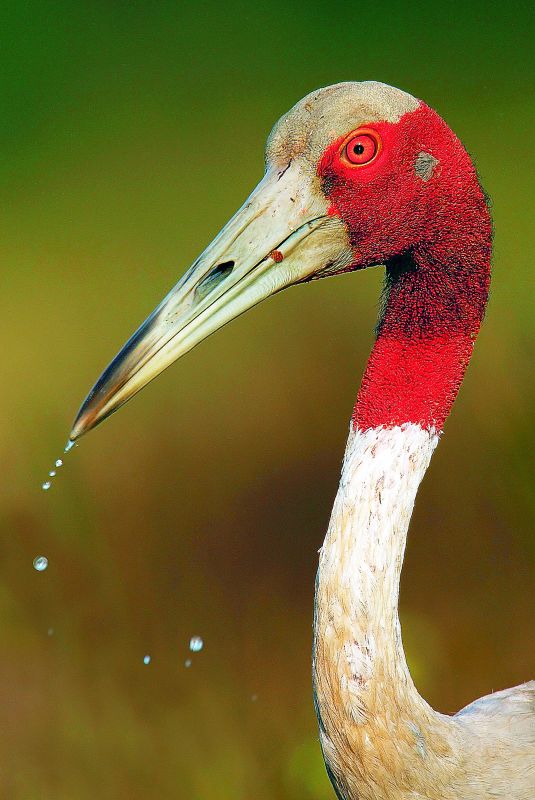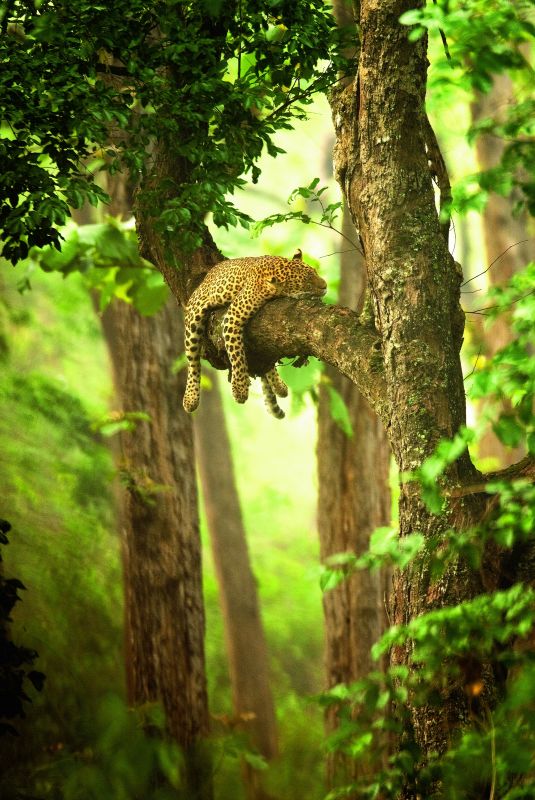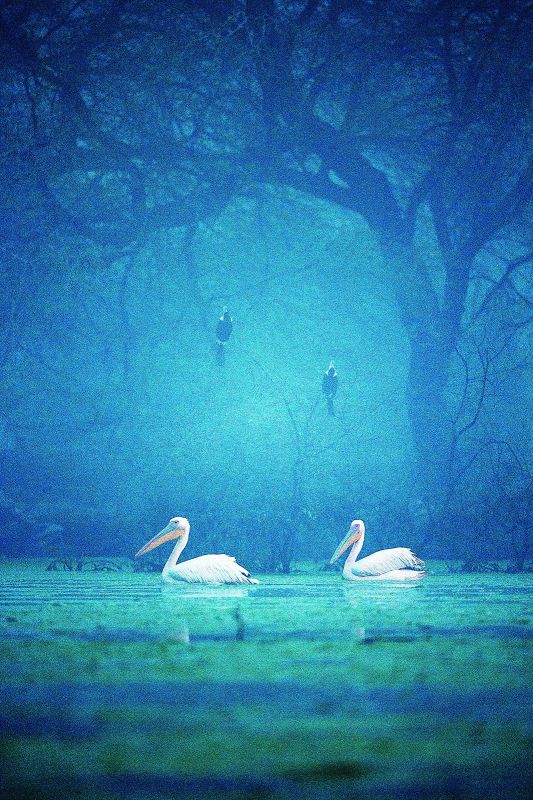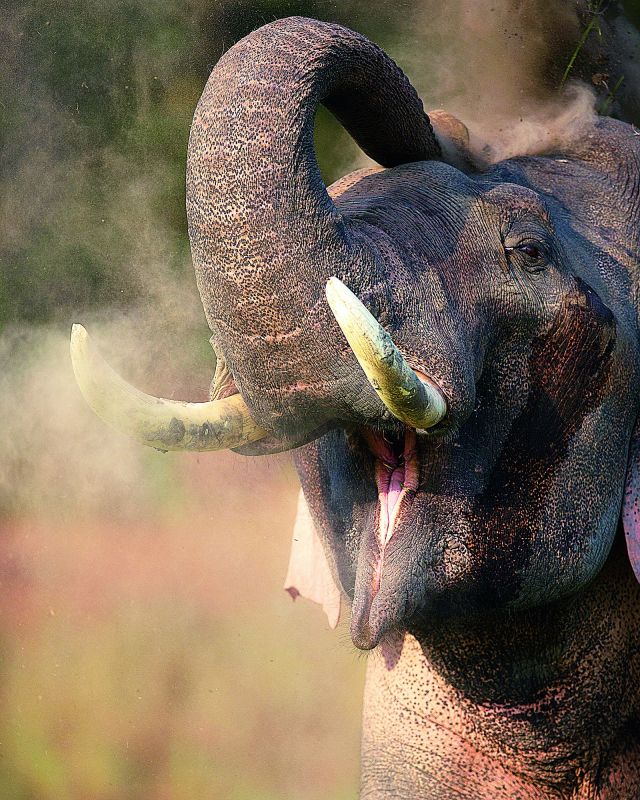Walking into the wild
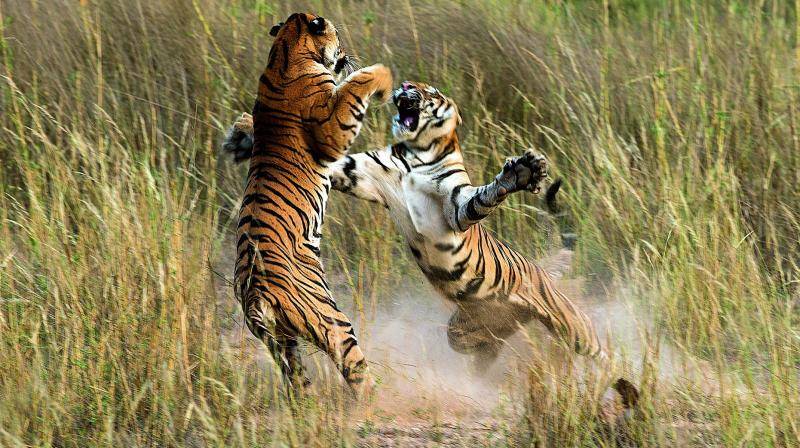
A long and lucrative career in the IT industry did not diminish Sudhir Shivaram’s passion for photography but on the contrary, ensured that he never lost touch with his wild side. So much so that he bid adieu to the corporate jungle to spend more time in the real one. This green evangelist campaigns for wildlife protection around the world and also talks about his work and the state of wildlife to youngsters hoping to inspire and win their commitment to this cause that’s so dear to him.
Sudhir owes it to his friends Chaitra Ramaiah and Rajesh Puttaswamaiah for fueling his interest in wildlife photography. “All three of us used to frequent the forests around Bengaluru and Mysuru. During the initial period in 1996, we used to be out in the jungles almost every weekend. Thanks to my twin sister Sunitha who presented me the Canon EOS Elan IIE and the Canon 75-300 IS Lens. That set me up for wildlife photography,” says Sudhir, who has been recognised as India’s third most influential person in the photography industry in India during the Asian photography 2017 awards.
His interest in nature grew and he never looked back again. For him wildlife is not just about wild animals. “Nature itself is so amazing that I can spend the entire day in the forest without clicking a single image. The kind of surprises you get in nature and the number of things it teaches you is fascinating,” says the acclaimed wildlife photographer, who has also started photography-related Facebook chats and in the last one year, around four million people over the world have viewed his various live video broadcasts on Facebook, including the ones from various National Parks from around India and Kenya/Tanzania.
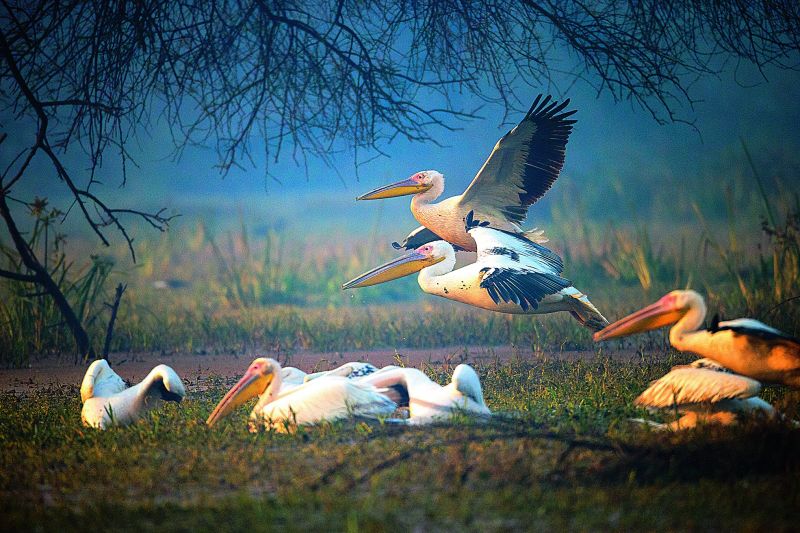 Birds of a feather flock together
Birds of a feather flock together
Wildlife is full of surprises and thrilling moments. He laughs and says, “Driving in Bengaluru traffic is more dangerous than my wildlife safaris. At least in the wild I feel safe among my wild animals, because we learn to respect and understand each other. There have been numerous funny incidents where I found a snake in my bedroom and took time to photograph it and then get it released in nature. On a serious note, I take all precautionary measures in the wild and ensure I always stay in the vehicle and with a trained guide / naturalist. As long as you are confined to the vehicle, the animals will mean no harm to you.”
Even though he was a software professional his interest in teaching photography grew and it was his wife Vasudha who encouraged and supported him to quit high paying IT job and get full time into a new profession. “House loan, car loan, kids education and other financial commitments made me think multiple times before jumping into it. In 2012, I won the Sanctuary Asia Wildlife Photographer of the year followed by the National Geographic Yellow border award. These recognitions motivated me to convert my passion into profession. With a proper financial consultation and planning with my friend, I spent almost two years preparing to make the shift and finally in 2013 I made the big move,” he says.
Favourite location
India is an amazing country with vast diversity. I do not have any specific favourite places, but I have a list of locations based on what I like to shoot. Kabini in Karnataka is famous for Leopards, Ranthambhore and Bandhavgarh for some amazing Tiger photography, Kanha and Corbett for it's fantastic grasslands and general wildlife, Kaziranga for the habitat and Rhinos, The dessert of Kutch for some great dessert wildlife and the list goes on.
Best shot
“Tiger Siblings and Gaur” has been my all-time favourite image that I shot. It was photographed at Lakvalli Forest Range, Bhadra Tiger Reserve. Sighting a few spotted deer was itself a challenge in this forest during those times. We were lucky to sight the tigers and the gaur, not to mention their interaction. The images proved to be of extreme importance from a conservation point of view when Wildlife Conservation Society (WCS) discovered that one of the tigers had travelled all the way from Bhadra to Dandeli Anshi National Park, over a distance of 270 kilometres. This was the first time in history of tiger study that photographic evidence was there to support that a tiger could actually travel such long distances.

